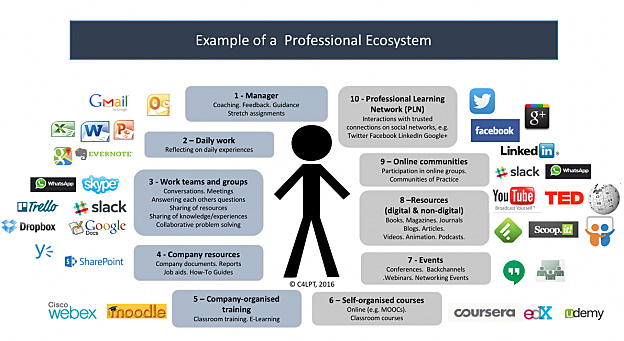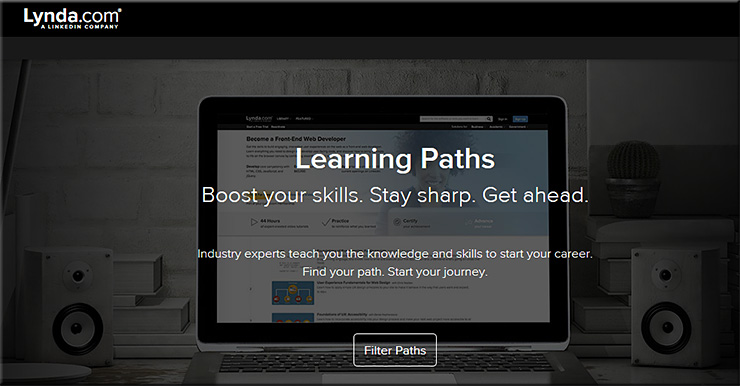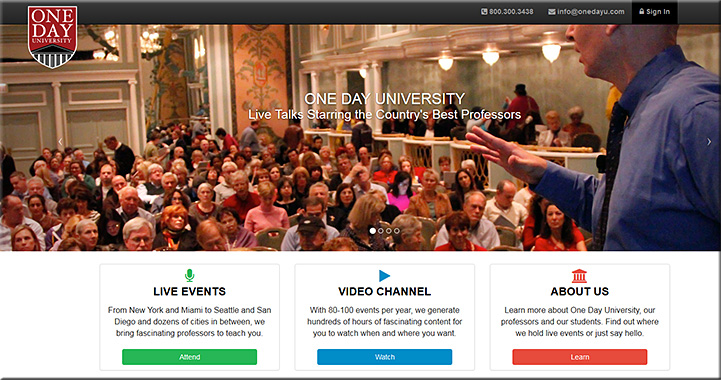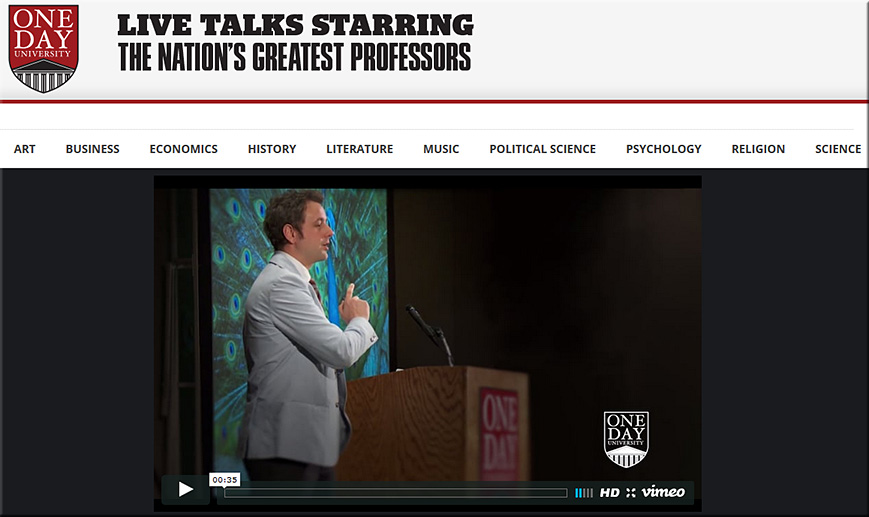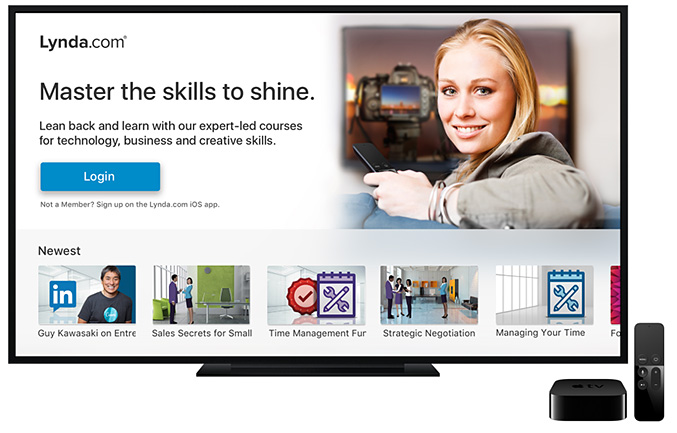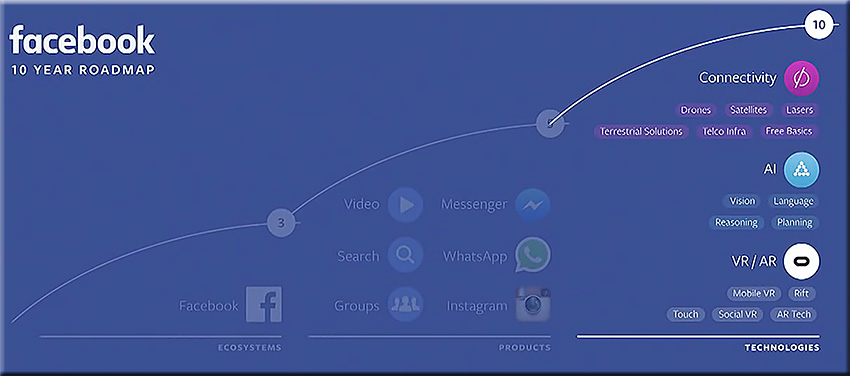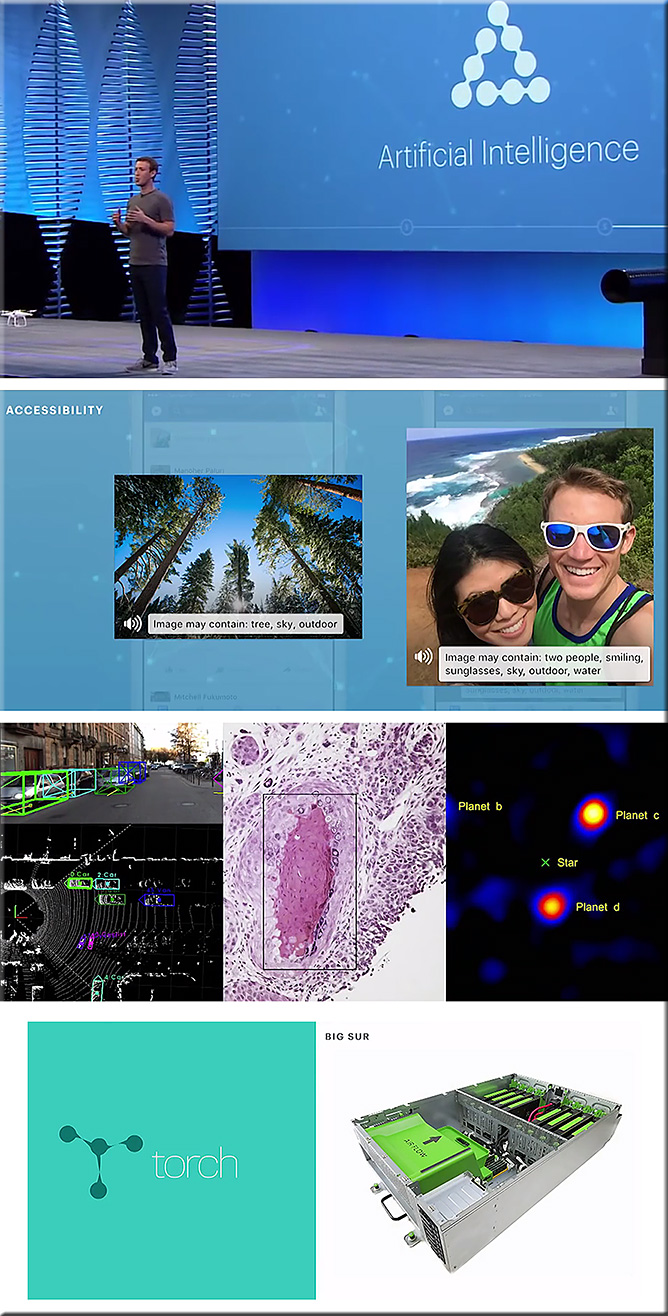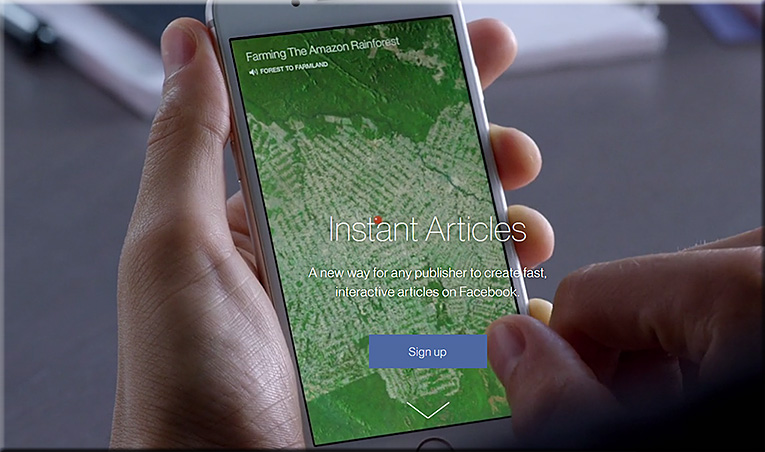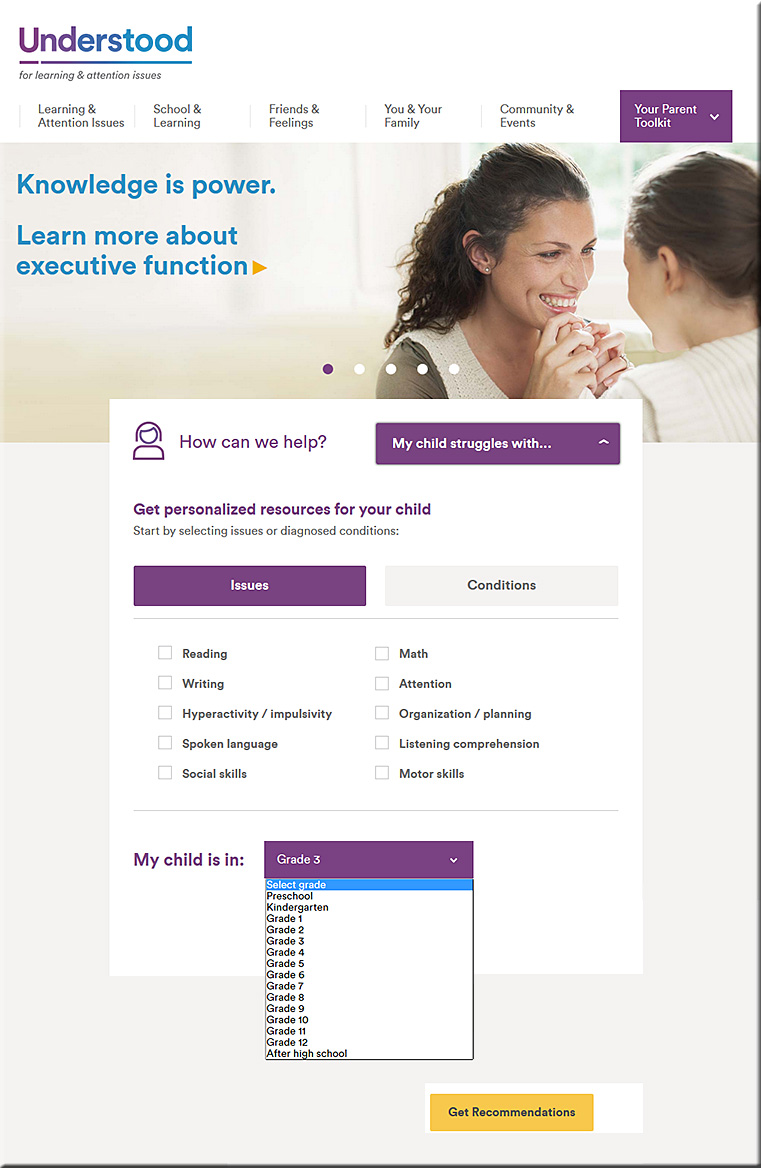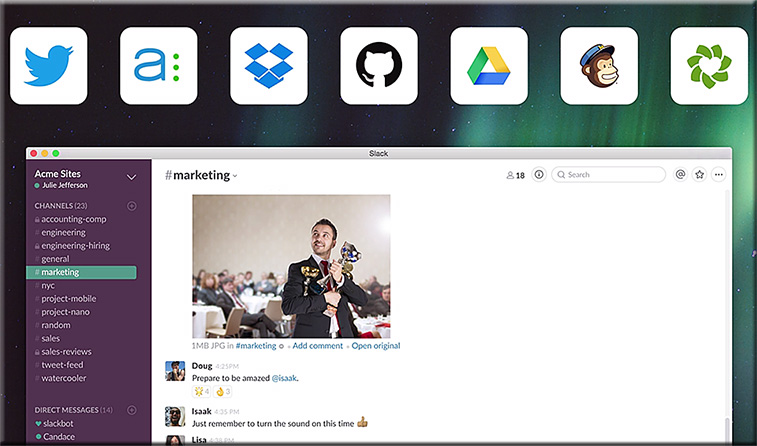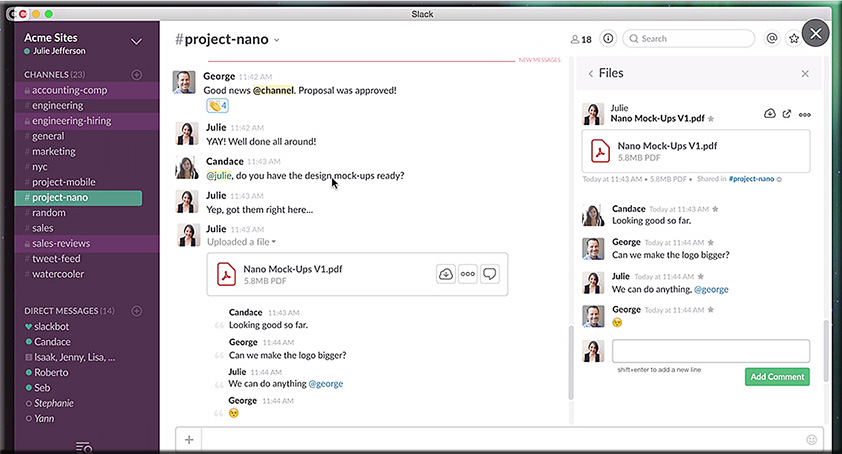From Wikipedia’s page on “Prison Education” (emphasis DSC):
Reductions in recidivism
Recent research on prison education programs presents discouraging statistics on the current recidivism rate. The Institute for Higher Education Policy (IHEP) reported in 2011 that nearly 7 in 10 people who had been incarcerated will commit a new crime, and half will end up back in prison within three years. Given that about 95 out of every 100 incarcerated people eventually rejoin society, it is crucial that there are educational programs in the prison system.[16] Not only is it important to develop programs in prison that are educational but if recidivism is a goal then there also needs to be support programs in the community to support the reentry population where they can either continue their education or get assistance in finding a sustainable job.[17]
Skeptics claim that, in many cases, prison education produces nothing more than “better educated criminals”.[18] However, many studies have shown significant decreases in recidivism. “The more educational programs successfully completed for each six months confined the lower the recidivism rate” according to Harer (1994), in his Federal Bureau of Prisons Office of Research & Evaluation report.[19][20]
…
Personal development
To those afforded the opportunity to further their education, it “may be the first glimmer of hope that [they] can escape the cycles of poverty and violence that have dominated their lives”.[21] Pursuing an education can also undo some of the damage accrued during their stay in prison; it can awaken senses numbed and release creativity that is both therapeutic and rehabilitative.[22]
With good skills and an education, released prisoners have a better chance at moving on with their lives despite their criminal record. 75% of college-educated ex-prisoners are able to find stable employment.[23] Employment helps ex-prisoners stay out of prison, despite the formidable obstacles, including the social stigma of being an ex-con and state laws that bar them from professions requiring licensure. They will be dealing with these obstacles for the rest of their lives.
A College Education for Prisoners — from/by the Editorial Board of the New York Times
Excerpt:
States are finally backing away from the draconian sentencing policies that swept the country at the end of the last century, driving up prison costs and sending too many people to jail for too long, often for nonviolent offenses. Many are now trying to turn around the prison juggernaut by steering drug addicts into treatment instead of jail and retooling parole systems that once sent people back to prison for technical violations.
But the most effective way to keep people out of prison once they leave is to give them jobs skills that make them marketable employees. That, in turn, means restarting prison education programs that were shuttered beginning in the 1990s, when federal and state legislators cut funding to show how tough they were on crime.
a16z Podcast: Your worst deeds don’t define you — life and redemption in prison — this podcast is produced by Andreessen Horowitz (aka “a16z”), a Silicon Valley-based venture capital firm
Description:
Men and women who have spent decades in prison are being released into an iPhone-enabled world that they hardly recognize. Shaka Senghor is one of those people, imprisoned at age 19 for second-degree murder and released almost two decades later in 2010. “It was like Fred Flintstone walking into an episode of the Jetsons,” he tells Ben Horowitz in a conversation about his book, Writing My Wrongs: Life, Death, and Redemption in an American Prison.
Today, Senghor is an activist, advocate, and mentor for young men and women who find themselves on the same troubled path he took. This episode of the a16z Podcast covers Ben and Shaka’s conversation about healing, humanity, and redemption — especially if you believe that it’s how you finish, not just how you start, that matters.
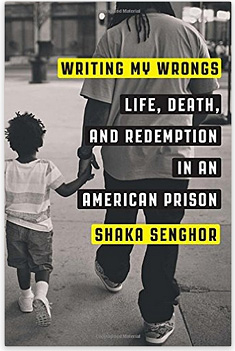
Prison ministry degree program reflects restorative justice — from calvin.edu by Jon Gorter; from 2/26/15
Excerpt:
At Handlon Correctional Facility in Ionia, MI, select inmates will have the opportunity to earn an AA or BA degree in Ministry Leadership through Calvin College this fall.
The Ministry Leadership program, initiated by the Calvin Theological Seminary (CTS) in partnership with Calvin College, has gained the interest of the college; and though it is still waiting for final accreditation, was approved by faculty senate at the beginning of this month.
Each year, around 18 to 20 selected inmates will be transferred from various Michigan prisons to the Handlon Correctional Facility to take courses in required core disciplines and in Ministry Leadership.
After completing at least 124 semester hours over a period of 5 years, students will receive a BA degree, which will enable them to lead worship, disciple fellow inmates, and mentor short-term prisoners.
Related:
Calvin programs designed to educate inmates — from calvin.edu by Anneke Kapteyn
Also relevant/see:
- Traveling the World in Search of a New Vision of Justice — from takepart.com by Rebecca McCray
Baz Dreisinger traverses the continents in her new book, visiting prisons worldwide and bringing their lessons back to the U.S.
Excerpt:
As a longtime teacher in U.S. prisons, journalist, and professor at John Jay College of Criminal Justice, Baz Dreisinger has spent many hours considering incarceration in the United States. In her new book, Incarceration Nations: A Journey to Justice in Prisons Around the World, she takes her expertise and looks out to the rest of the world. Traveling from South Africa, to Uganda, to Brazil, to Thailand, and Australia, Dreisinger takes her teaching skills into far-flung modern prison complexes and gives her readers a glimpse into the lives of the men and women incarcerated there.TakePart talked to Dreisinger about what she learned while working on the book and how it changed the way she thinks about justice in the U.S. (The conversation has been edited and condensed for clarity.)
.
- The Bard Prison Initiative (BPI)
The Bard Prison Initiative (BPI) creates the opportunity for incarcerated men and women to earn a Bard College degree while serving their sentences. The academic standards and workload are rigorous, based on an unusual mix of attention to developmental skills and ambitious college study. The rate of post-release employment among the program’s participants is high and recidivism is stunningly low. By challenging incarcerated men and women with a liberal education, BPI works to redefine the relationship between educational opportunity and criminal justice.
.
- Divine Hope Seminary
Excerpts from website:
Divine Hope Reformed Bible Seminary is a dedicated prison seminary that operates within the Danville Correctional Center (Illinois) and the Indiana State Prison in Michigan City, the Westville (Indiana) Correctional Center and the Rockville (Indiana) Correctional Center.
…
The school is called Divine Hope Reformed Bible Seminary because it provides an opportunity for hope-giving and life-changing studies that prepare our students for useful service within and outside of prison.
Addendums on 4/4/16:
Hebrews 13:3 New International Version (NIV)
3 Continue to remember those in prison as if you were together with them in prison, and those who are mistreated as if you yourselves were suffering.
Why Tribeca Film Institute is doing screenings in prison — from fastcompany.com by David Zax
The Community Screening Series helps prisoners connect to each other, the world outside, and new educational opportunities.
Excerpt:
The evening’s screening—Tribeca does two every month—would also serve as an on-ramp to other educational initiatives in the prison; several men in the audience had come to early screenings where they learned about a higher education program in the prison offered through John Jay College of Criminal Justice.
…
But Bravo had a longstanding interest in mass incarceration and prison education. Growing up in Far Rockaway, Queens, people in his community kept getting locked up, so often on simple drug possession. “I realized there was a direct relationship between the prison industrial complex and poor communities of color,” he recalls today. In the ’90s, he became a hip-hop journalist, editing a column for a magazine about prisons, and he began to visit them. Meanwhile, the U.S. prison population soared (it now stands at 2.4 million, giving the U.S. one of the highest incarceration rates in the world).
Bravo kept wanting to work to connect prisoners to the outside world. When he started making documentaries for PBS, he made sure to screen them in prison. When he worked for the famed documentarian Albert Maysles, he did the same. “I thought of prison audiences as a vital stakeholder group in the community,” he recalls.
…
At Otisville, the screening winds to its conclusion. Ransom, White, and Rodriguez break the men into three groups, leading them in discussion. In Rodriguez’s group, conversation about the film turns heady immediately, as the men pick apart Florida’s “Stand Your Ground” laws, which so wildly lower the bar for self-defense claims. “Citizens are killing people because they thought he had a gun? That has to be addressed,” says one. “My mother told me you have to teach young black males how to deal with police authority,” says another. “These are not things young white men have to learn…”
As the evening unfolds, the conversation winds more generally to the topic of justice.
“What does it take to have justice?” White asks the men, as Bravo looks on.
One of the incarcerated men responds immediately: “Education.”









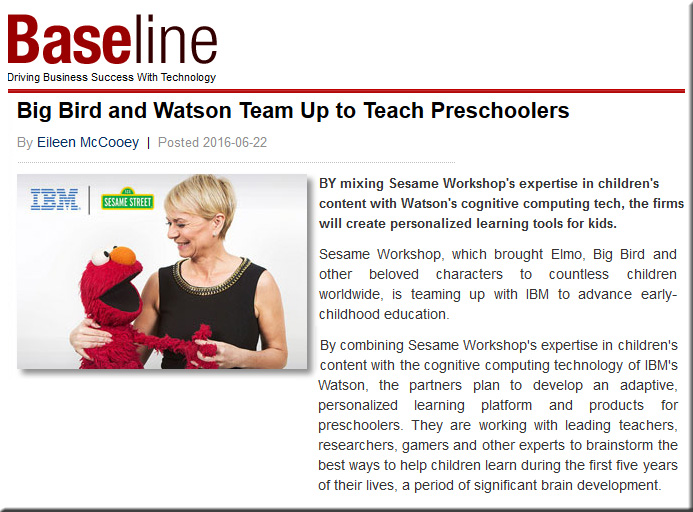
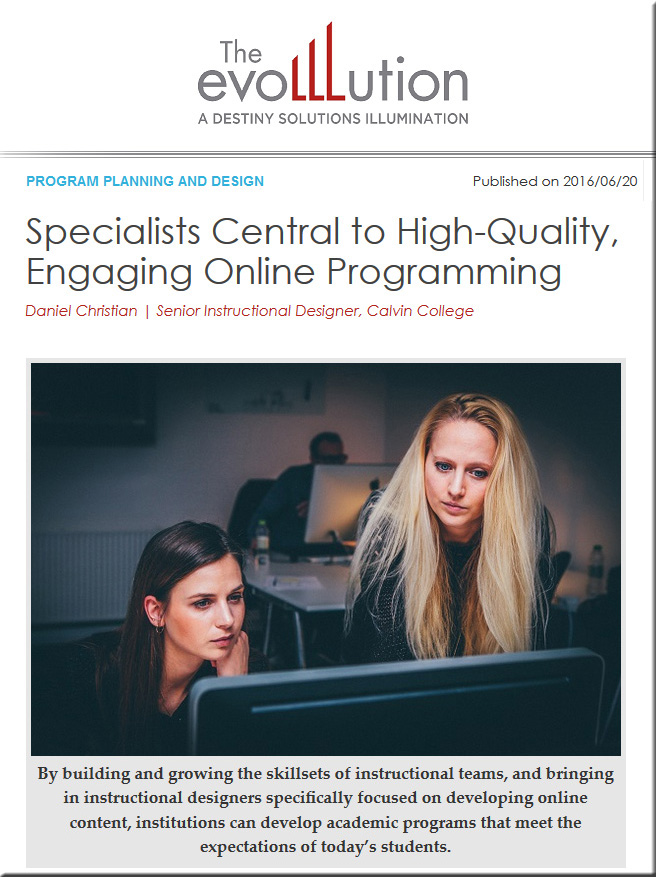
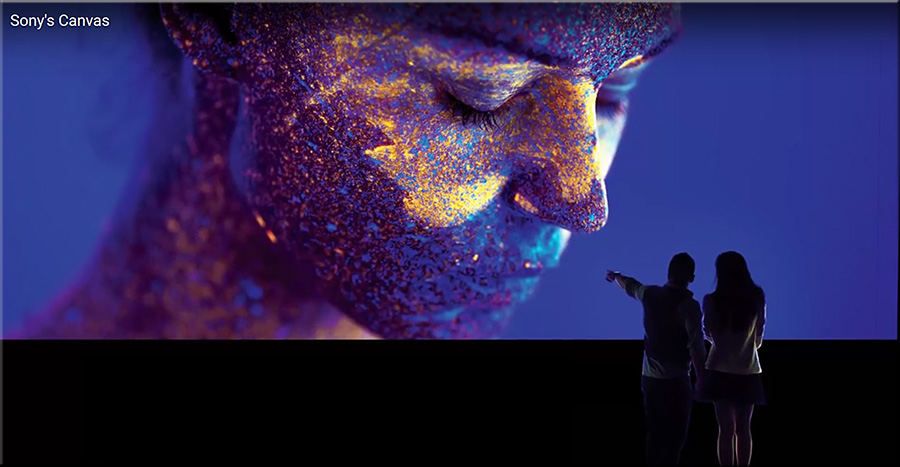
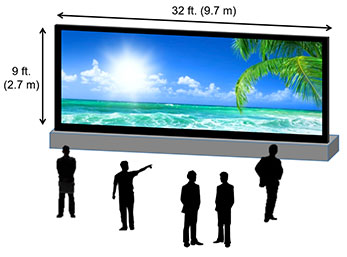
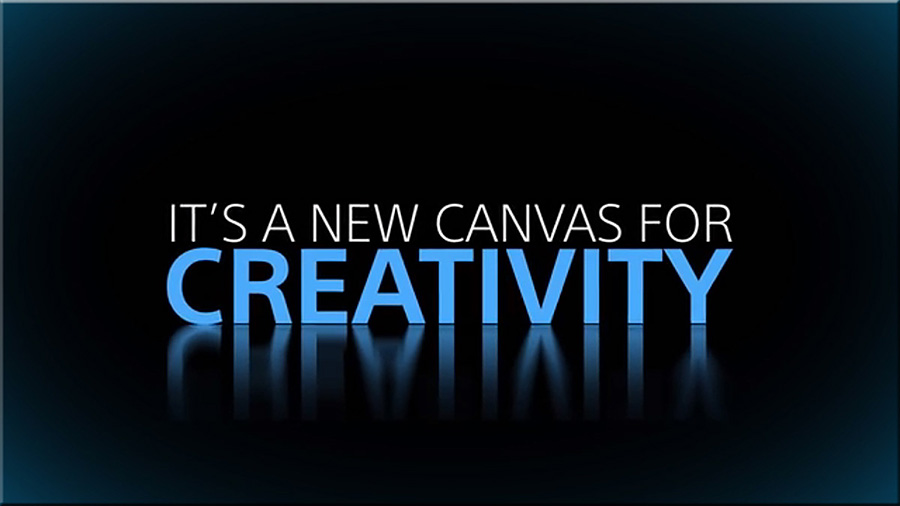
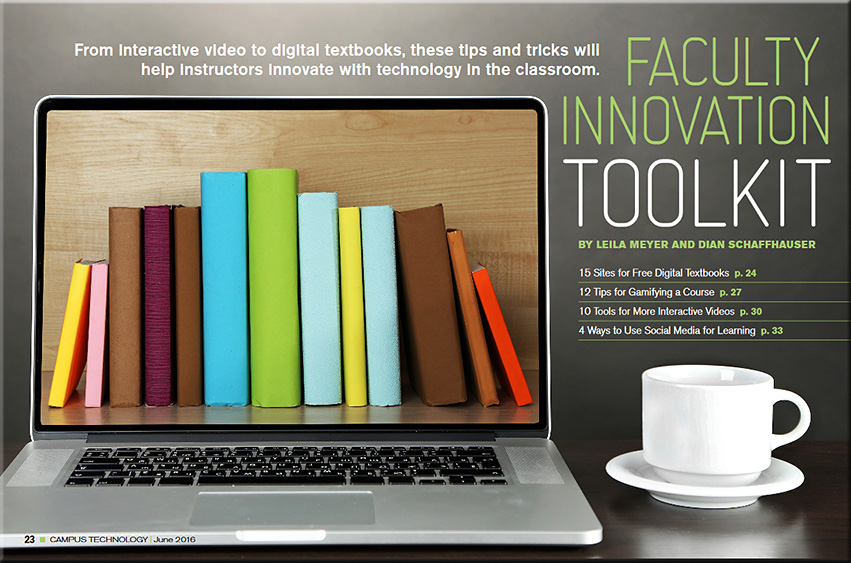
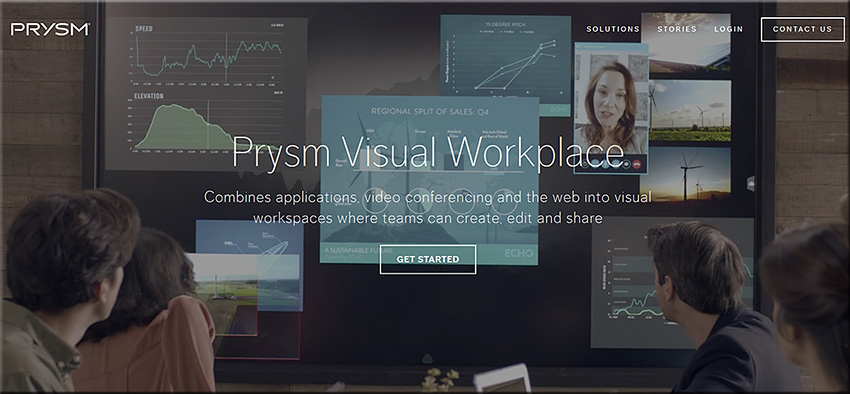
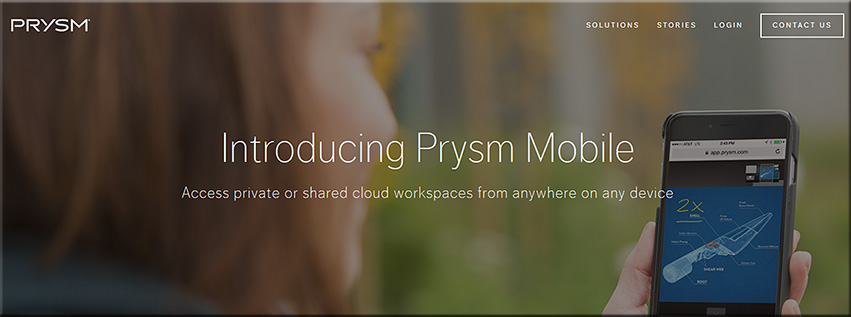
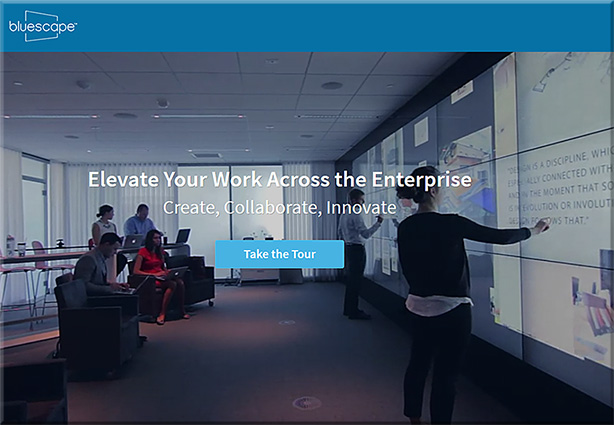

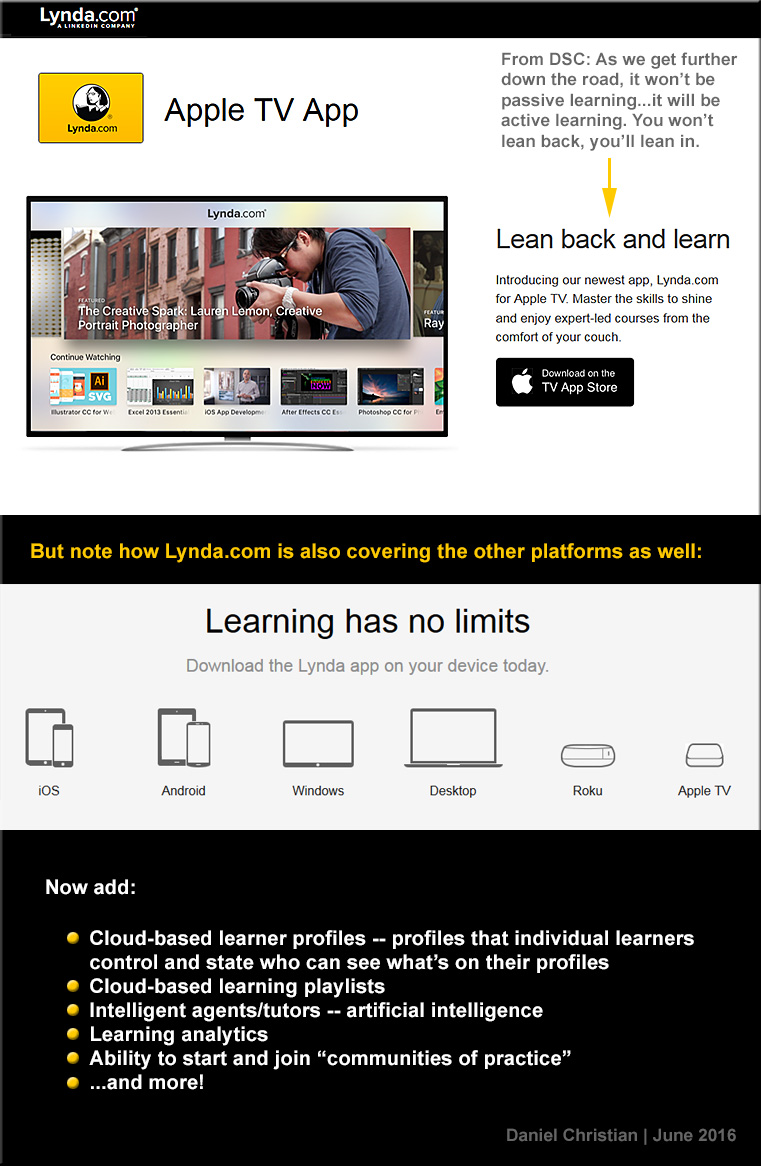
![The Living [Class] Room -- by Daniel Christian -- July 2012 -- a second device used in conjunction with a Smart/Connected TV](http://danielschristian.com/learning-ecosystems/wp-content/uploads/2012/07/The-Living-Class-Room-Daniel-S-Christian-July-2012.jpg)

